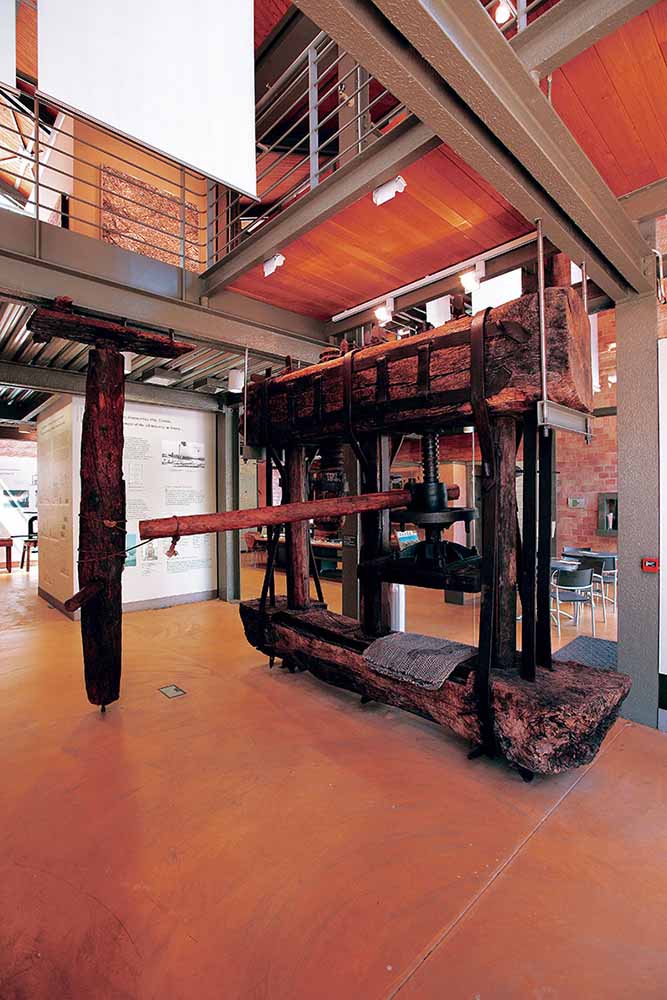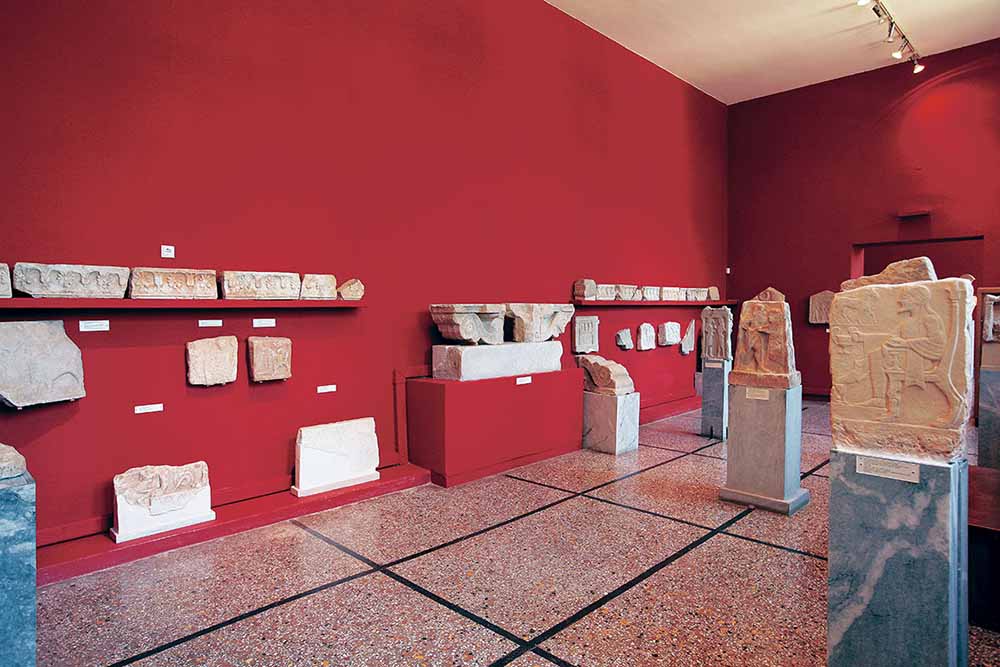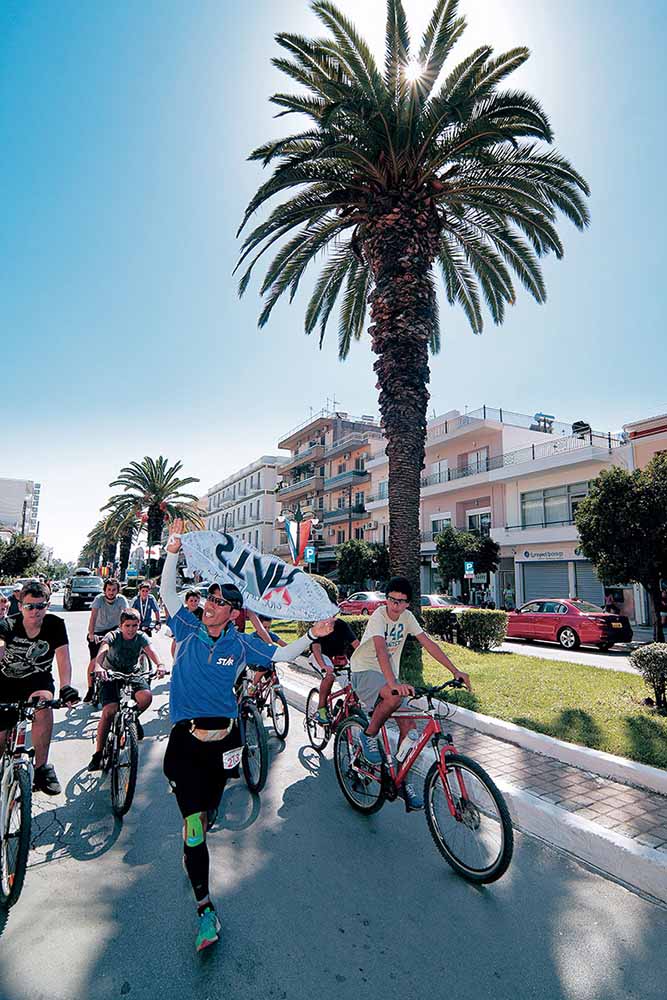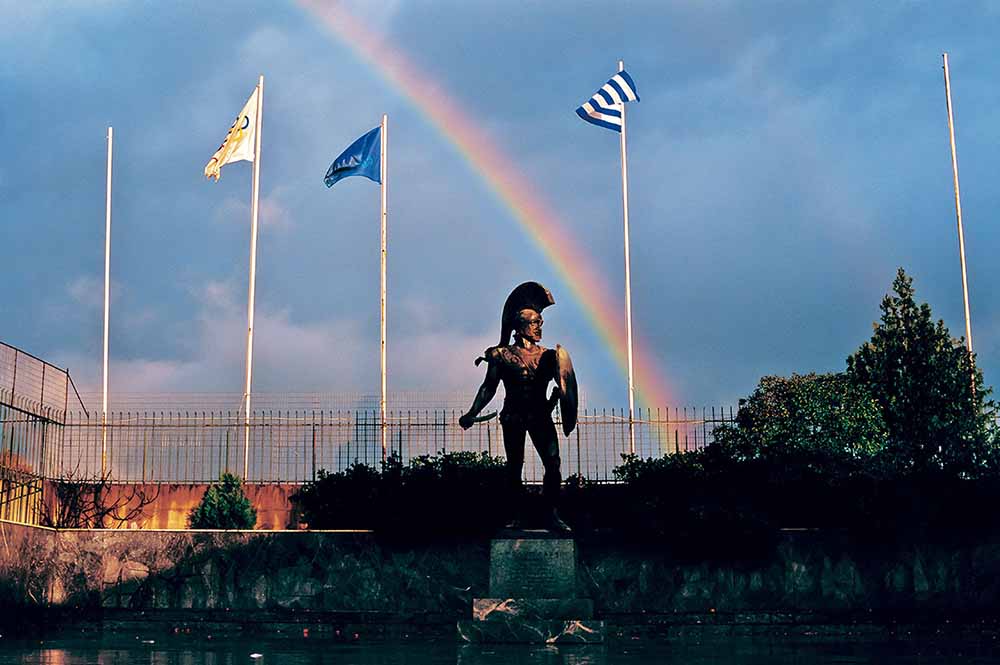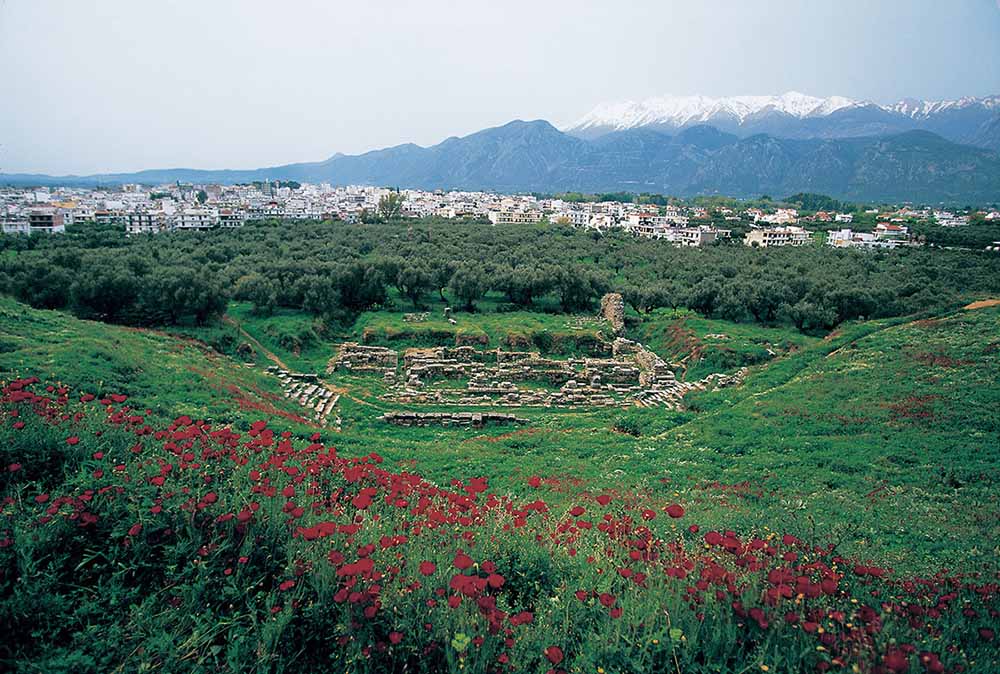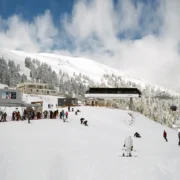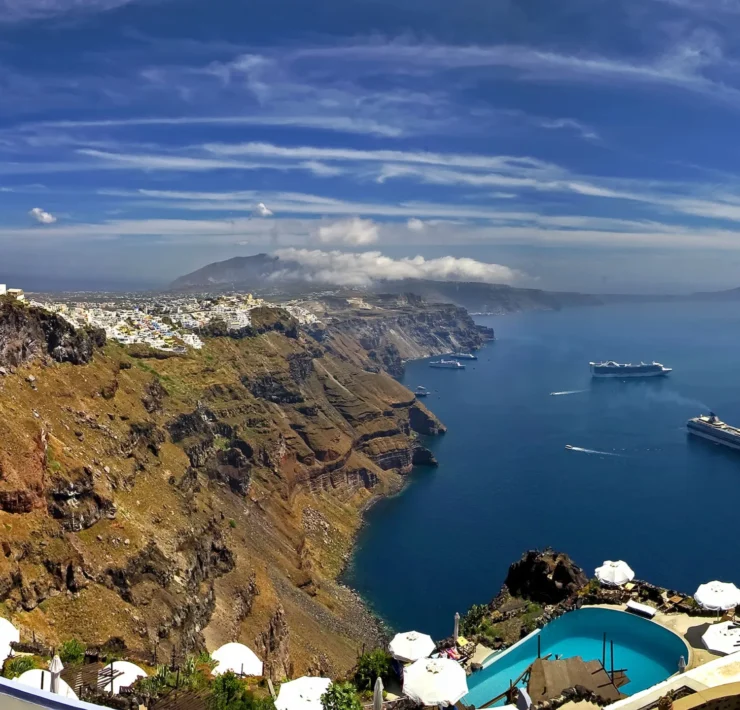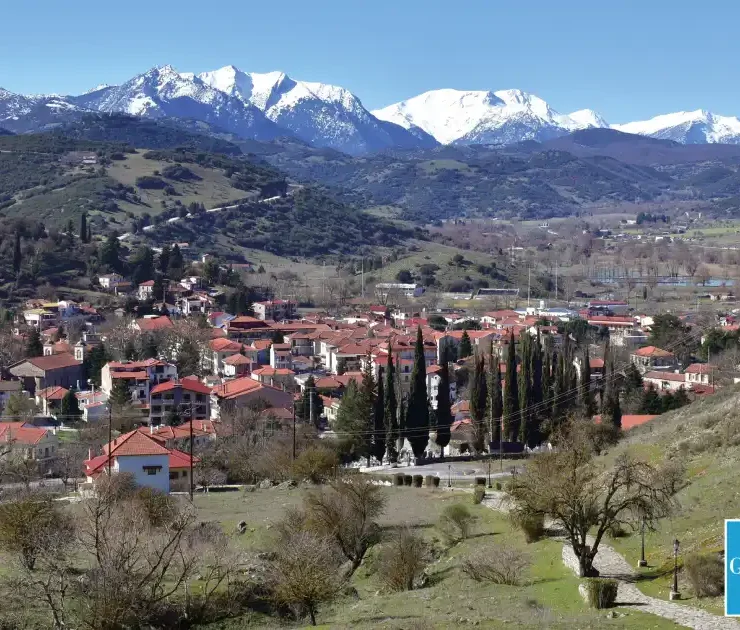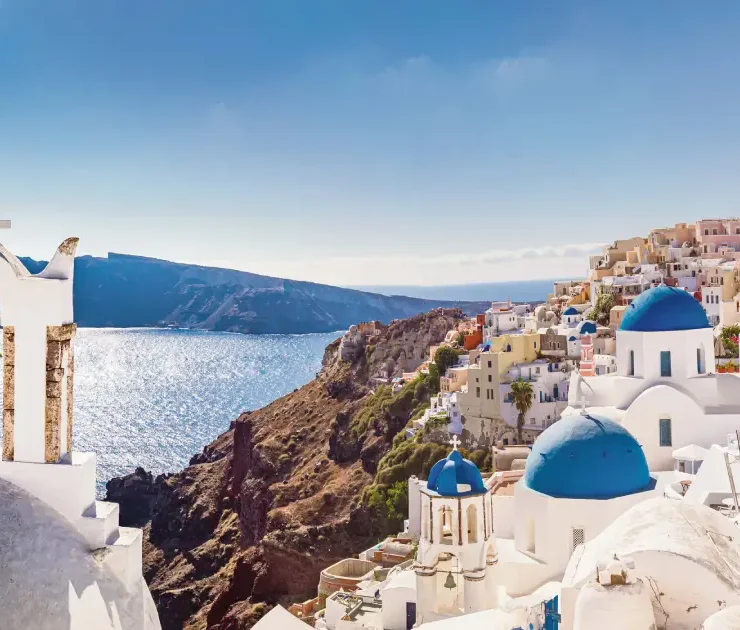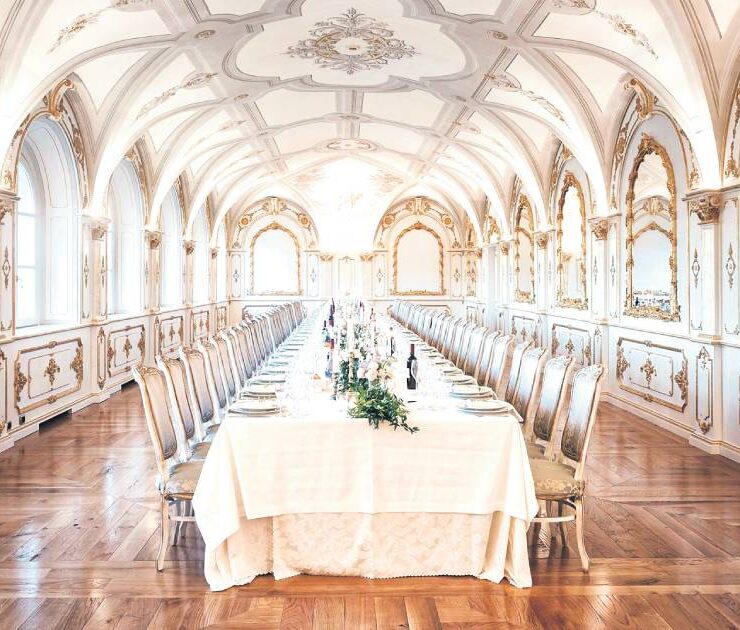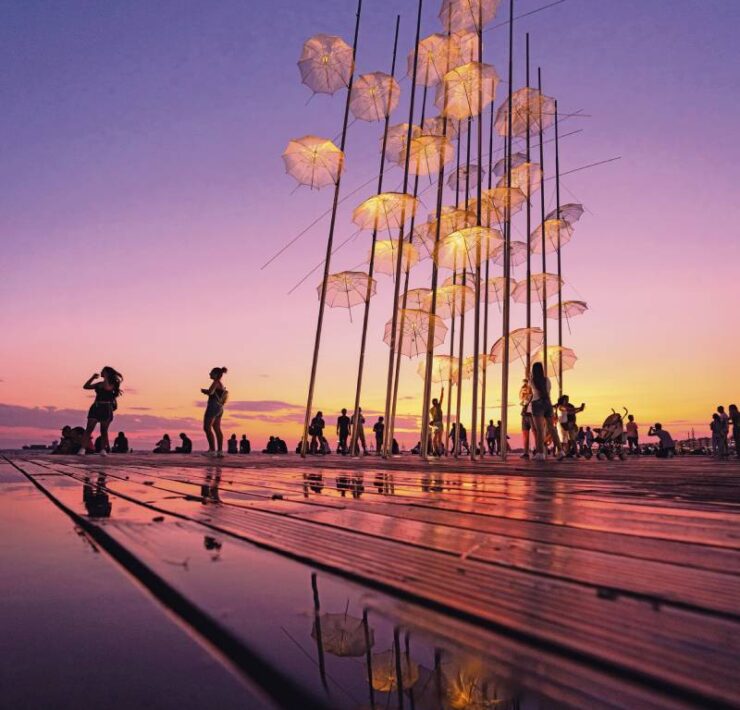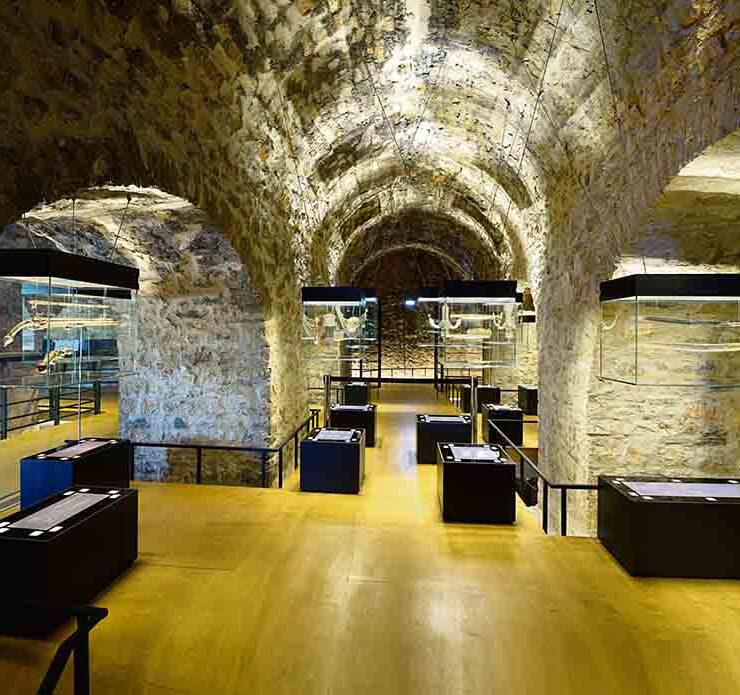Eternal Sparta
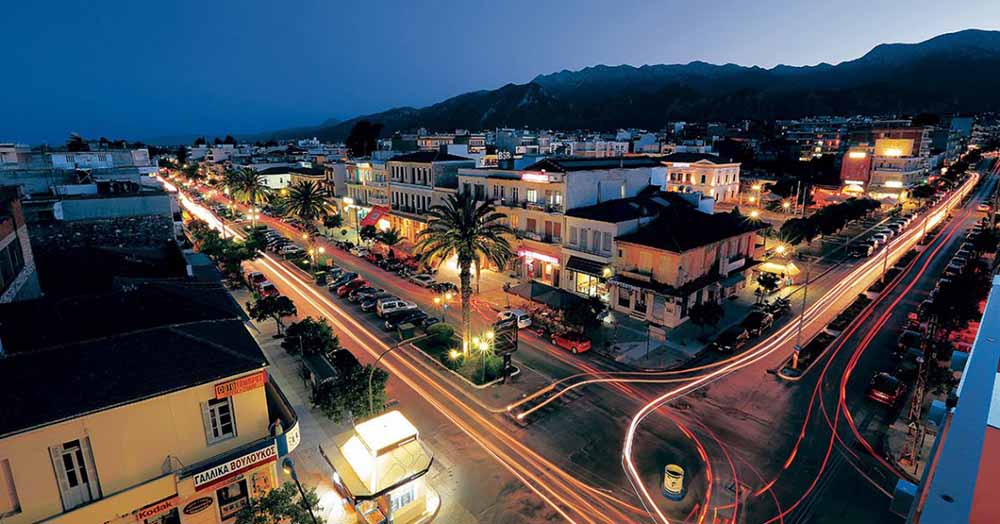
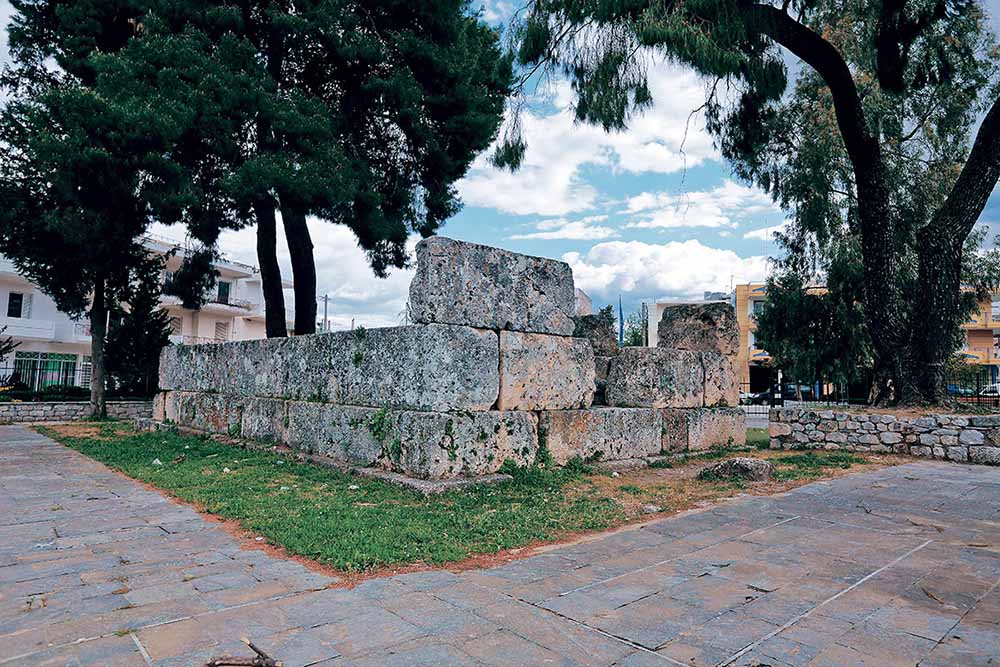
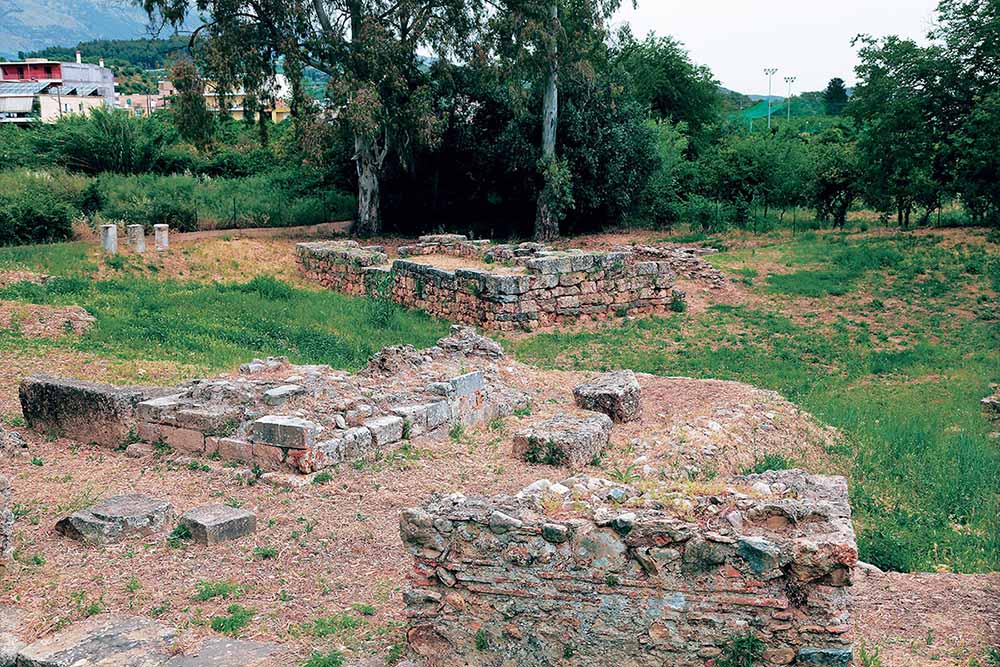
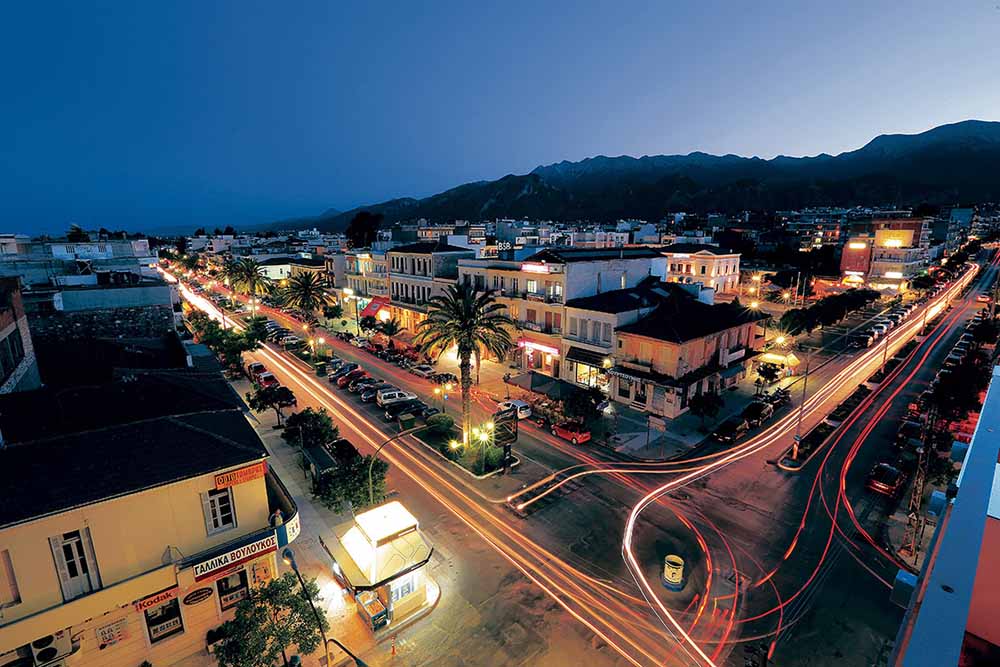
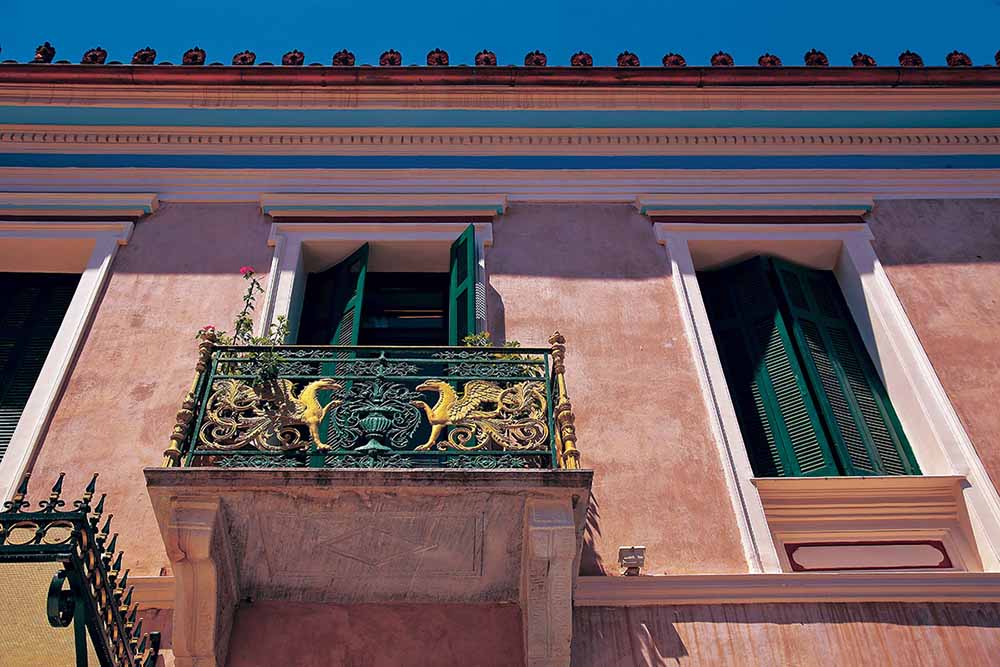 +5
+5 My mind is bursting with thoughts as, I set off towards Sparta. I keep contemplating this part of Greece, its rich history a living example of the most fundamental human values, such as self-sacrifice, team effort and the constant struggle towards the achievement of a common goal, whatever the odds.
Several words, such as “melanas zomos” (black broth), “eilotas” (slave), “kaiadas” (a famous gorge), as well as phrases such as “to lakonizein esti filosofein” (brevity is the source of wit), or “Tan i epi tas” (bring back (from the war) your shield, or come back on top of it) have made it to our everyday conversation, while the famous Holywood line “This is Sparta” still echoes to the end of the earth.
Sparta dates back to the 12th century B.C., a time of rapid change for the ancient world. According to legend, the city-state with the two kings was founded in 1152 B.C., by Dorian invaders. Considering themselves descendants of Hercules, these people started moving south, claiming what they believed to be the land of their forefathers.
Winding through a beautiful verdant landscape, the road to Sparta offers a wonderful experience. The entrance to the city is marked by CHYMOFIX, the ruins of the dilapidated factory that was designed in the 60’s by the innovative architect Takis Zenetos. CHYMOFIX is located behind an ancient site near the river Evrotas and according to rumors, this is the area where the new museum will be built.
New Sparta, the city we witness nowadays, was initially designed by the Bavarians, reflecting their love of antiquity and their modernized spirit. The city was further developed after the Greek State was founded in 1834.
Located in a unique area and surrounded by a landscape blessed by nature, the new city’s buildings are touched by refined aesthetics, defined by the vivid memories of a rich history, starting in ancient times, going through byzantine history and the French occupation.
Hunting for traces of history, visitors soon find out that new Sparta is subconsciously looking for a way to distance itself from its glorious legends, while emanating an urge to create a new, modern timeline, as glamorous as its past, one it feels it owes to its ancestors.
Wide streets, squares built according to the neoclassical design, folk, or the more elaborate urban and country houses, stores, 19th century hotels, and post war era apartment buildings, make up the image of modern Sparta.
The city’s main avenues, Palaiologou and Lycurgus, used to be boulevards. Nowadays, they are full with traffic, jammed with cars. The city square with its arched lateral galleries offers an aesthetic relief to the people walking through its center.
As I walk about the busy streets, I think, and almost obsess, about this glorious city, seeking a clue to its past.
The coupling of the city’s past with the present, is evident as I behold the neoclassical building that houses the city’s Archaeological Museum, and then the Acropolis of ancient Sparta, the ancient theatre, Leonida’s tomb, the sanctuary of Orthia Artemida and its center for children’s education, were celebrations used to take place in favor of the Goddess. The festivities included three main sports events whose prize was an iron scythe. This scythe used to be placed on top of a stone column engraved with the name and the game of the victor, and was then dedicated to the goddess.
A very important vaulted tomb, the largest one in the region of Laconia, is located just south of Sparta. The two famous golden “Vafeios’ Cups” were found there, along with golden rings and several weapons.
While in the area, there is no shortage of cultural sites to visit. One such site is the famous Museum of the Olive and Greek Olive Oil, that features the fossilized leaves of a 50-60.000-year-old olive tree, and another is the Koumantareios Art Gallery, a Branch of the National Art Gallery, with very few but exceptional works of art. Another important site is the Museum of Ecclesiastic Art with icons from several eras, and styles, rare manuscripts from the Monasteries in the area, superb samples of ecclesiastical silver and golden ware, as well as ornate wood carvings.
During the summer months, the city comes alive with cultural, sports, religious and merchant celebrations. The «Spartathlon» takes place during the last weekend of September, following the steps of the ancient Athenian long-distance runner, Feidippidis. The «Palaiologia» event takes place each May, with theatrical shows, concerts, games for children, as well as other cultural, sports and religious events dedicated to Konstantinos Paleologos.
The merchant festival of Mystras takes place between the 26th of August and the 2nd of September. The event ends with the beheading on John the Baptist. People who enjoy drinking tsipouro are welcome to join the “Celebration of Tsipouro” happening towards the end of October in Georgitsi, a village perched 1.000 meters high on the mountain of Taygetus. During the celebration, there is an abundance of tsipouro, wine, delicacies and local dishes.
Leaving the beautiful, modern city of Sparta with its quest for identity, while suspended on a huge historical void between the era of Leonidas and 2019, I head towards the castle state of Mystras.


